Photonics Capabilities
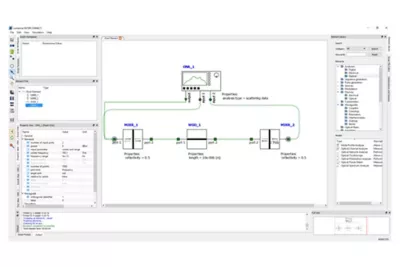
Circuit-Level Simulation
Our solutions work together seamlessly so you can model the most challenging problems in photonics. Flexible interoperability between tools enables a variety of workflows that combine device multiphysics and system-level photonic circuit simulation with third-party design automation and productivity tools.
Circuit-Level Simulation

Nanophotonic Component-Level Simulation
A finely tuned implementation of the FDTD method delivers reliable, powerful and scalable solver performance over a broad spectrum of applications. The integrated design environment provides scripting capability, advanced post-processing and optimization routines, all allowing you to focus on your design.
Nanophotonic Component-Level Simulation
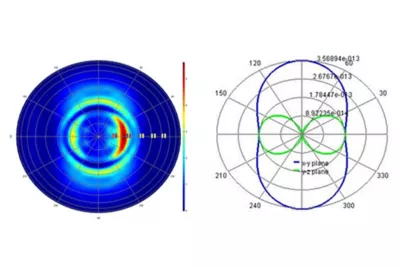
3D CAD Environment with Powerful Post-Processing Capabilities
3D CAD environments with parameterizable simulation objects allow for rapid model iterations. Build 2D and 3D models, define custom surfaces and volumes and import geometry from standard CAD and IC layout formats.
3D CAD Environment with Powerful Post-Processing Capabilities
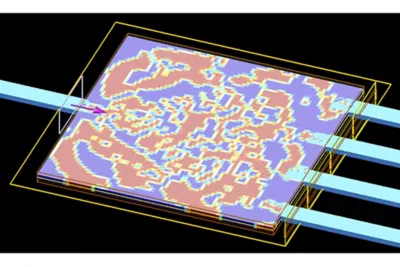
EPDA Workflows
Ansys’ photonic integrated circuit (PIC) simulation tools work in conjunction with industry-leading electronic design automation (EDA) simulators to facilitate the design and implementation of electronic–photonic integrated systems. Electronic–photonic design automation (EPDA) workflows are available with Virtuoso® and Siemens EDA.
EPDA Workflows
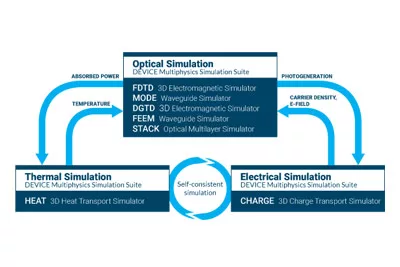
Automation and Scripting Support
Build, run, and control simulations across multiple Lumerical tools, or interface with third-party applications. Leverage Lumerical scripting language, Matlab, or Python to make use of numerical analysis, visualization, optimization, and more.
Automation and Scripting Support
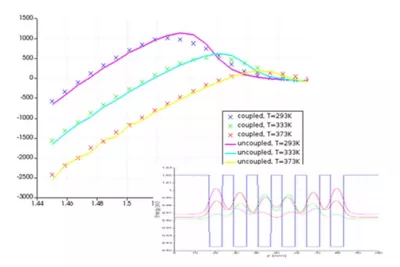
Comprehensive Laser Workflows
Lumerical offers an integrated set of tools to model many common edge-emitting laser topologies. The hybrid modeling approach combines the accuracy of physical simulation with the performance and scale of photonic integrated circuit simulation. Design and model everything from SOAs and standalone FP and DFB lasers to complex external cavity DBR and ring or sampled grating Vernier lasers.
Comprehensive Laser Workflows
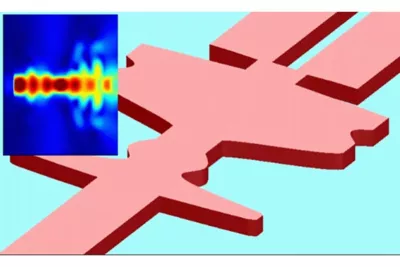
Photonic Inverse Design to Optimize Designs and Improve Manufacturability
Automatically discover optimal geometries for a desired target performance and discover non-intuitive geometries to optimize performance, minimize area and improve manufacturability. Use shape-based or topology optimization and simulate performance to find the best solution.
Photonic Inverse Design to Optimize Designs and Improve Manufacturability
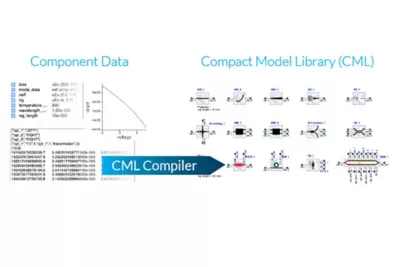
Automated, Cross-simulator, Compact Model Generation
Proven, automated, cross-simulator photonic compact model library (CML) generation. CML Compiler automates the creation, maintenance and QA testing of INTERCONNECT and Verilog-A photonic compact model libraries (CMLs) from a single data source of characterization measurements and 3D simulation results.
Automated, Cross-simulator, Compact Model Generation
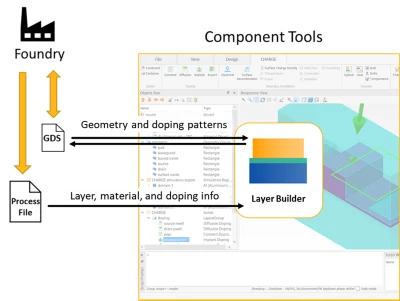
Process-Enabled Component Design
Process-enabled custom design flows that empower designers to quickly augment existing PDKs with custom passive and active components that adhere to foundry specifications.
Process-Enabled Component Design
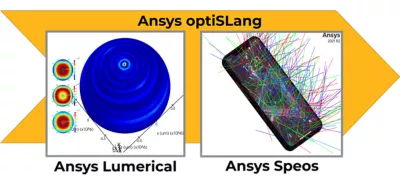
Ansys Speos Integration
Integration with Ansys Speos bridges the disconnect between nanophotonic simulation and macroscale simulation of the environment allowing designers to consider the effects of illumination, viewing angle, and human perception.
Demonstration workflows are available for display and image-sensor applications.
Ansys Speos Integration

Ansys optiSLang Integration
OptiSLang can drive Lumerical products in complex workflows, allowing designers to benefit from its design optimization and sensitivity analysis capabilities.
Demonstration workflows are available for display and modulator applications.
Ansys optiSLang Integration

Ansys Cloud HPC Services Integration
Submit large simulations and parameter sweeps to Ansys Cloud directly from Lumerical tools. Access to high-performance computing (HPC) cloud hardware, on-demand pricing, and completely secure workflows.
Ansys Cloud HPC Services Integration
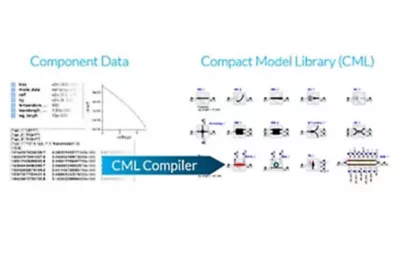
CML Development
Efficiently create photonic compact model libraries (CMLs) for use in photonic process design kits (PDKs). Use CML Compiler for the creation, maintenance, and quality assurance (QA) testing of INTERCONNECT and Verilog-A photonic CMLs.
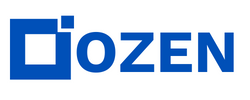
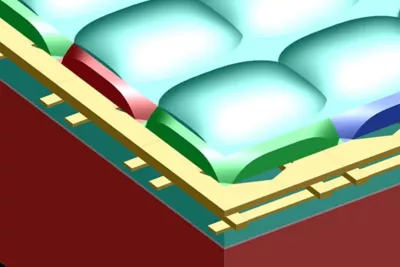
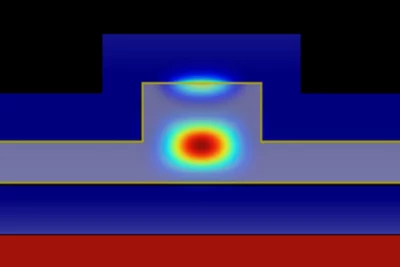


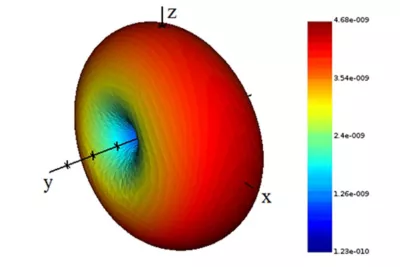
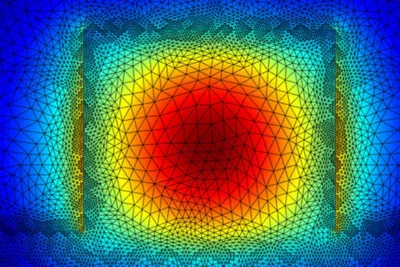
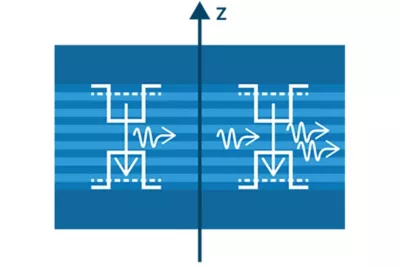

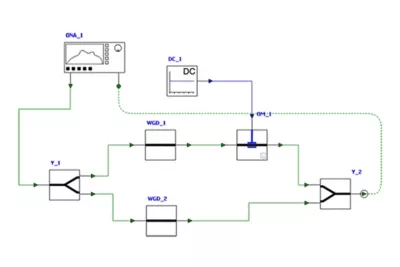

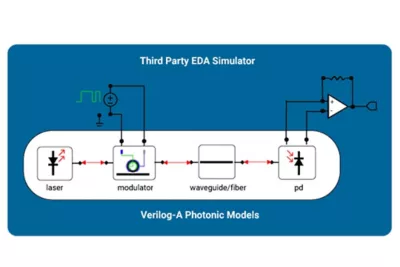
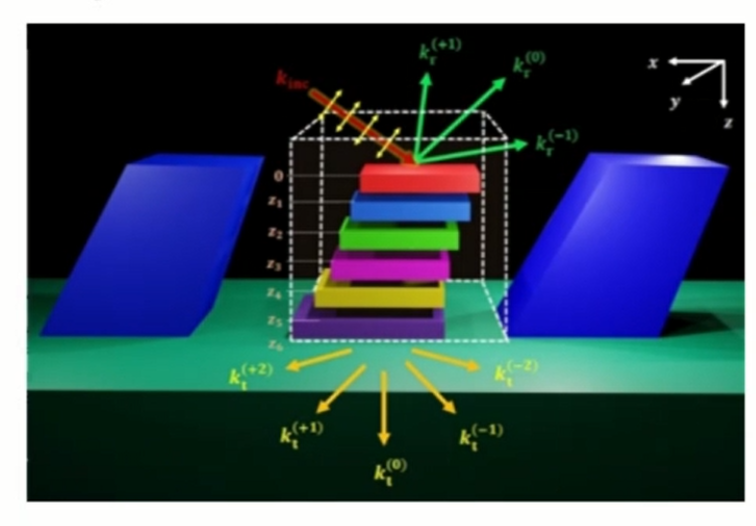
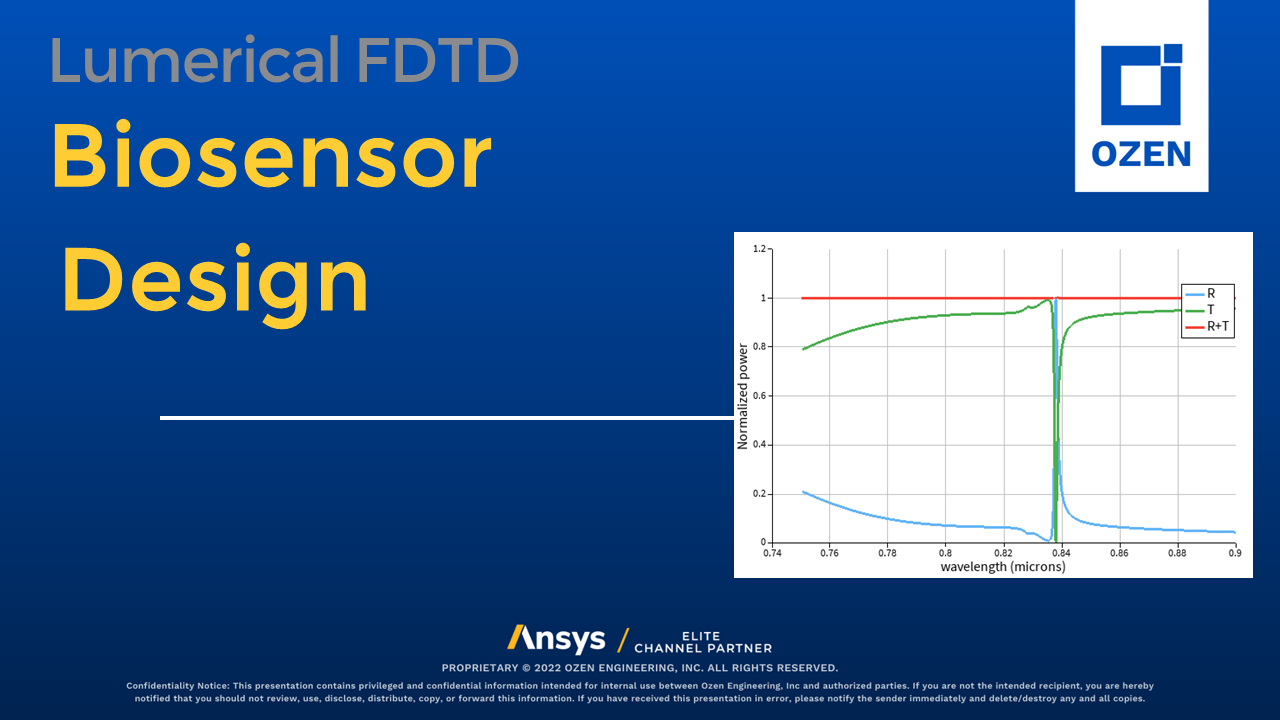

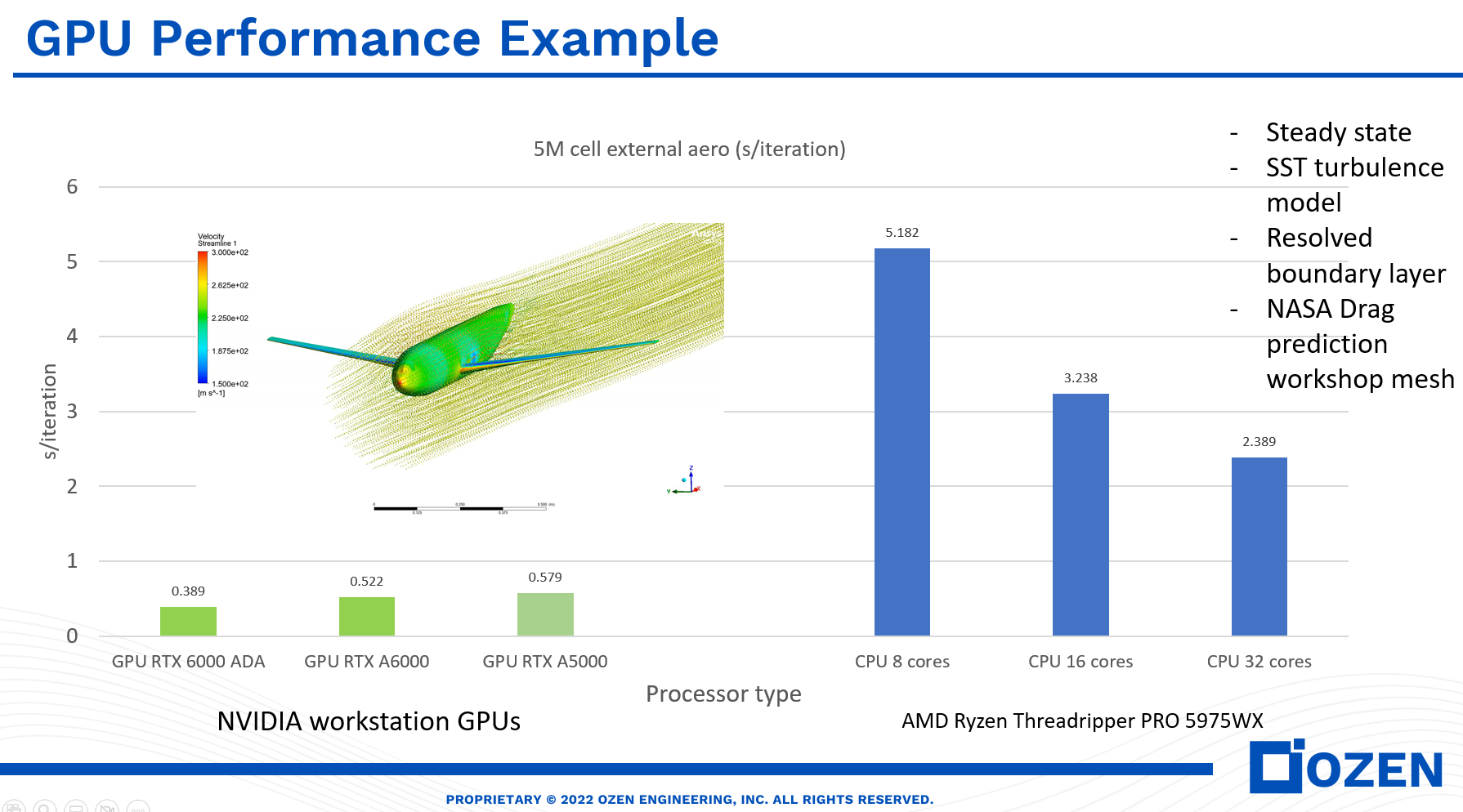
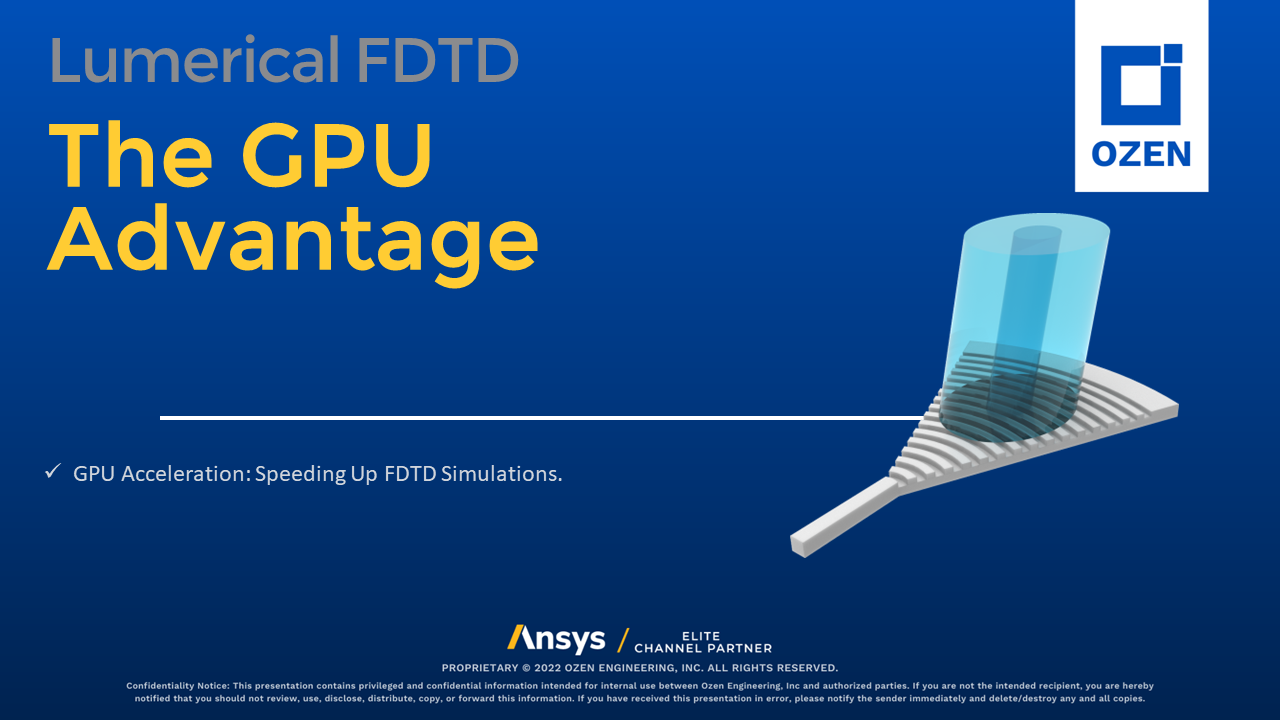
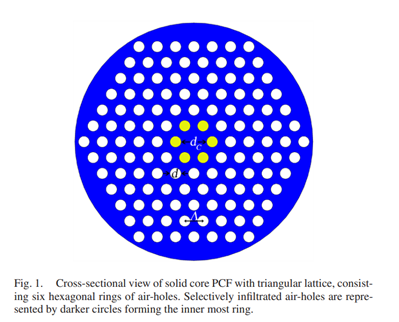

![Ansys-elite-channel-partner-horizontal-reversed[1]](https://www.ozeninc.com/uploads/2022/06/Ansys-elite-channel-partner-horizontal-reversed1.png)